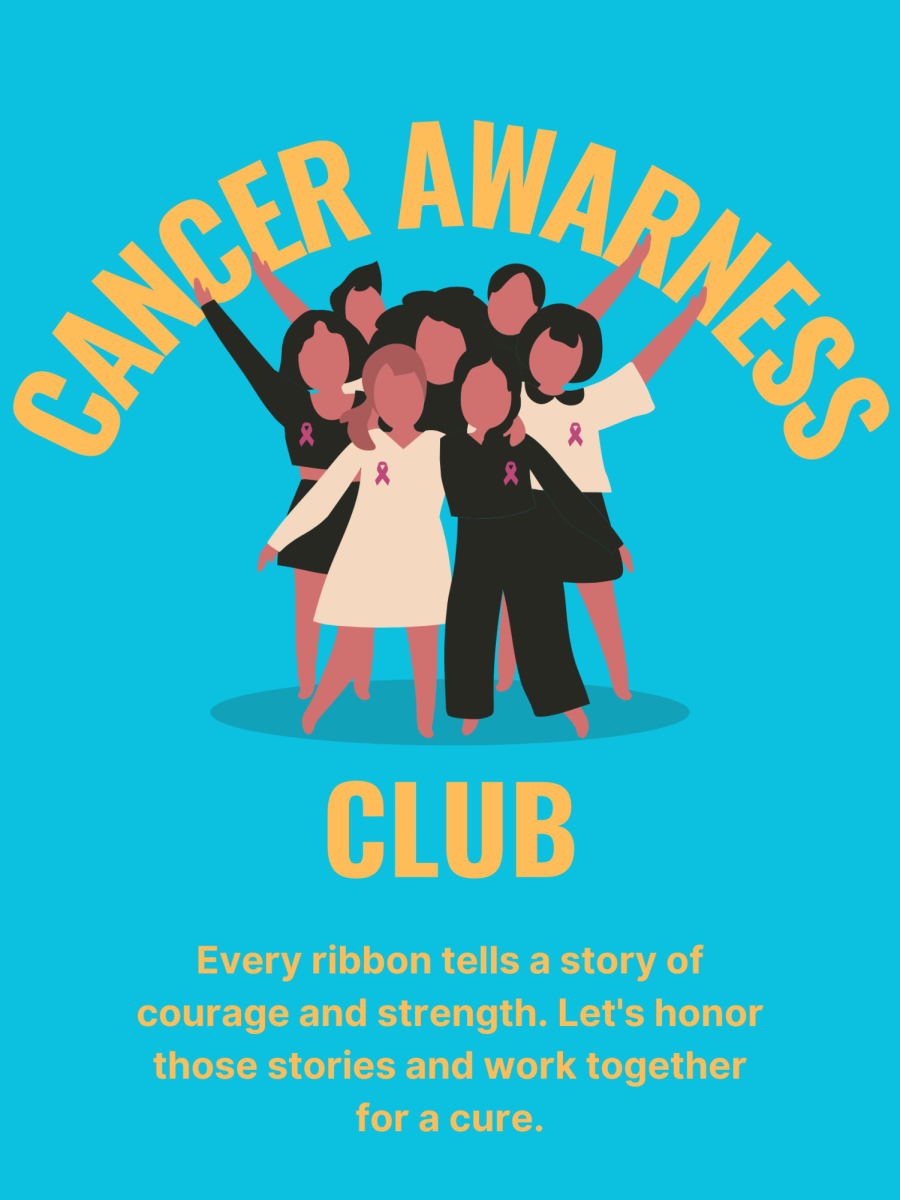The year 2021 brought in a new wave of movies featuring Hispanic lead roles: Encanto, West Side Story, and In the Heights, to name a few, were all box office hits that began to shed light on various Hispanic cultures. Even with the recent uprising of films showcasing Hispanic characters, representation overall is still majorly lacking in the film industry.
“Growing up it was hard to find good Hispanic representation. Although there were maybe two cartoons with Hispanic characters, they only represented the same countries and didn’t introduce other cultures in the community. Not much has changed since then,” said senior Kyndall Ambriz
According to the LA Times, in 2019 only 4.6% of movie roles were played by Latino characters despite Latinos making up almost 20% of the American population. And while activism and equity is something that is preached so frequently now in 2022, where is the legitimate change in the media?
Often when Latino characters are placed in a TV show or feature film they are featured negatively, acting out harmful stereotypical roles, and misrepresenting their community. These harmful depictions of Latinos are worse than having no representation at all.
“Growing up I watched a lot of TV, and I never really saw anyone that looked like me. I grew up watching characters that were depicted as beautiful that had straight hair, so because of this, I had the misconception that I had to have straight hair to be pretty, and I ended up really disliking my curly hair,” said junior Taylor Sanchez
Even with so little representation in the media as it is, the actors that do get selected to represent the community are often faired-skinned, with straight hair; these characteristics are the epitome of the American beauty standard, even though individuals that identify as Latino all look vastly unique, and have vastly diverse skin tones and hair textures. Recent feature films have begun to be more inclusive though, casting Afro- Latinos, and Latinos of an abundance of nationalities. Even still, this sudden surge of inclusiveness and representation in the media is not where it needs to be.
“Seeing only light skin Latinas makes me feel like my dark skin is not socially acceptable. I constantly feel as if I am judged for how dark I am and oftentimes I feel judged by people because they aren’t used to dark-skinned Latinas like myself,” said alumni Mellie Valencia.
Misrepresentation in media can have negative effects on the Latin community, especially on adolescents. Who they view on television, and how they are depicted can severely influence how someone of a young age and easily influenced might view themselves. With harmful stereotypes in the media and an overall lack of representation, self-hatred and confusion can be the results of such underrepresentation.













